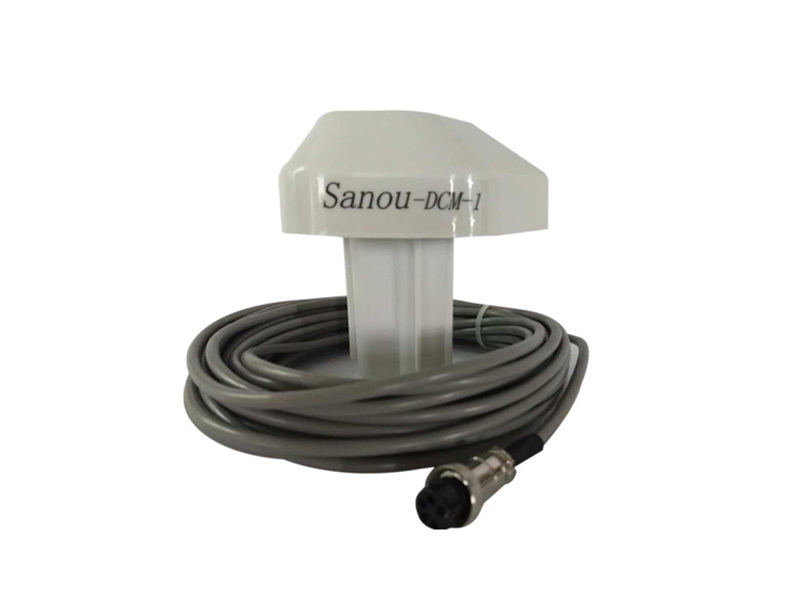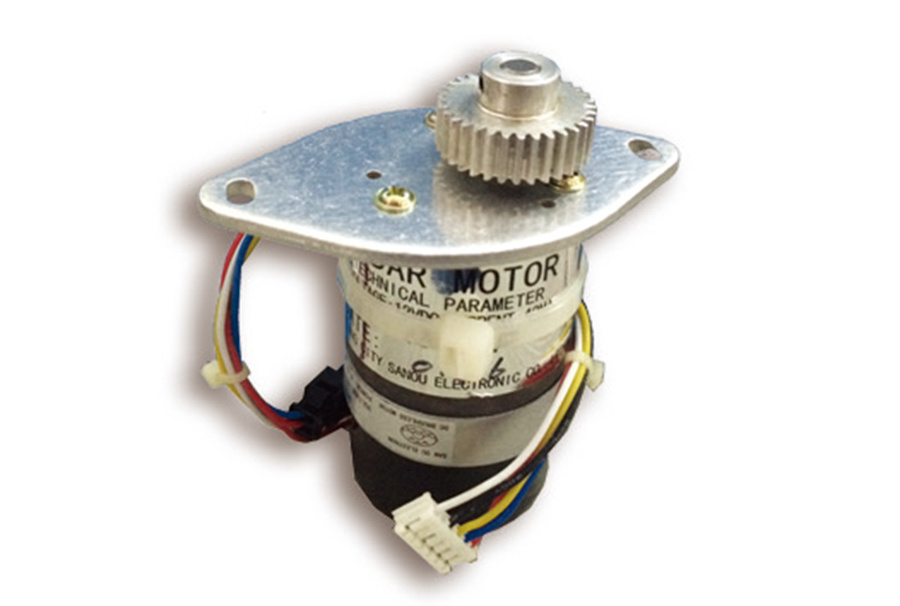News Center
Understanding the Furuno 1831 Radar Motor: Key Insights for Automotive Professionals
At its core, the Furuno 1831 radar motor is responsible for the rotation of the radar antenna. This ensures that the radar waves are emitted in a 360-degree pattern, allowing for comprehensive environmental scanning. The efficiency and reliability of the radar motor are crucial in ensuring accurate detection of nearby vessels, obstacles, and weather patterns, demonstrating the importance of precision in motor functions.
The motor itself typically operates using a DC (direct current) system, which is standard in many automotive applications as well. This offers a parallel to automotive motors, where DC motors are widely used for various functions, such as starting engines and powering windows. Understanding the operational principles behind the Furuno 1831 radar motor can lead to better insights into the types of motors used in automotive applications, including their performance characteristics and maintenance requirements.
Furthermore, the Furuno 1831 radar motor is designed to withstand harsh environmental conditions, showcasing the importance of durability in motor design. Just as automotive components must endure varied weather conditions, marine electronics must also be built with resilience in mind. This aspect can prompt automotive professionals to consider the environmental factors affecting motor lifespan and performance when selecting components for vehicles.
In terms of maintenance, regular checks and servicing of motors like the Furuno 1831 are essential for optimal function. This involves ensuring that the motor is properly lubricated, checking for any signs of wear or damage, and replacing components as necessary. Such preventive measures can significantly enhance the lifespan and reliability of both marine and automotive motors.
In summary, while the Furuno 1831 radar motor is primarily used in maritime radar systems, its design and functionality can offer valuable lessons for automotive professionals. By understanding the principles behind its operation, automotive experts can draw parallels to their own field, ensuring that they choose high-quality, reliable motors for their vehicles. Emphasizing durability, maintenance, and efficiency will not only improve performance in the automotive sector but also lead to greater customer satisfaction and safety on the roads.
Related News
Understanding the Importance of the Furuno 1831 Radar Plug: A Comprehensive Guide
The Furuno 1831 radar plug, especially the 24-pin square variant, is a crucial component when it comes to radar level measurement in various industries. Understanding its significance can enhance the functionality and reliability of radar systems, which are vital for applications such as shipping, oil and gas, food processing, and many other sectors where precise measurements of levels are essenti
Case Studies: Successful Implementation of 12KVA Frequency Stabilizers in Power Distribution
Case Studies: Successful Implementation of 12KVA Frequency Stabilizers in Power Distribution Table of Contents Introduction to 12KVA Frequency Stabilizers The Importance of Frequency Stabilizers in Power Systems Case Study 1: Manufacturing Sector Case Study 2: Healthcare Facilities Case Study 3: Data Centers Case Study 4: Telecommunications Industry Common Benefits of
Understanding the Furuno 1832 Radar Motor: A Key Component in Marine Electronics
The Furuno 1832 radar motor is a component of Furuno's radar systems, which are widely recognized for their reliability and effectiveness in marine environments. Radar technology plays a pivotal role in ensuring safe navigation by detecting objects, such as other vessels, landmasses, and navigational hazards, which may not be visible to the naked eye, especially in adverse weather conditions. At t




